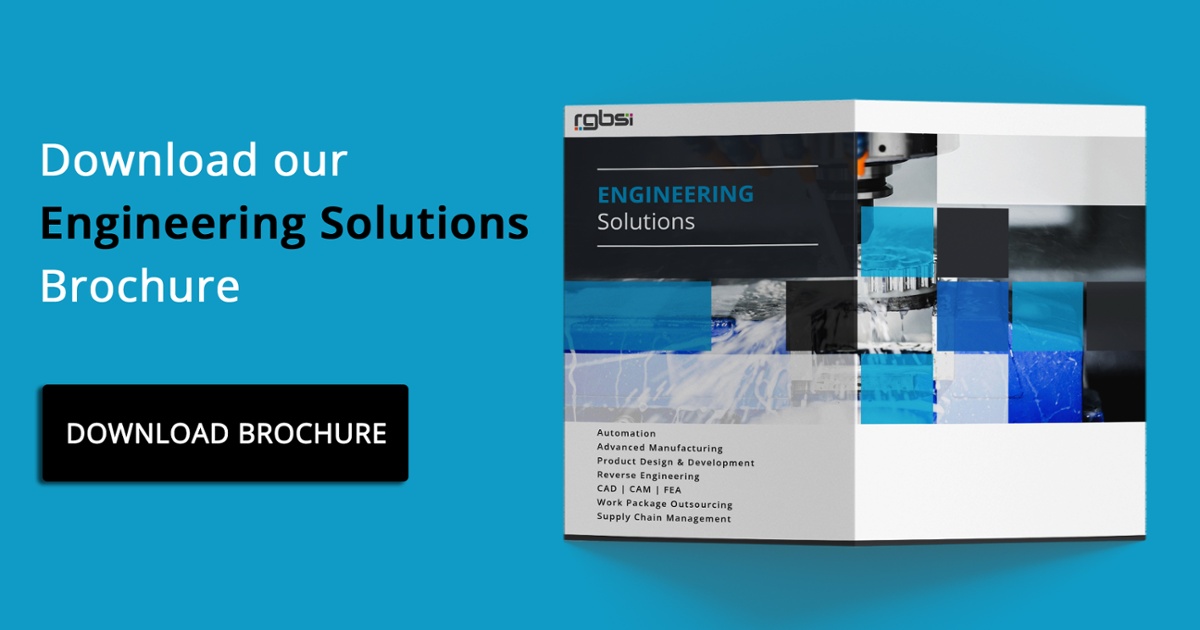
Blockchain, originally designed to secure cryptocurrency transactions, has found its way into various sectors, including engineering. It offers a unique combination of secure record-keeping and decentralized structure, addressing data sharing challenges. Here are 5 ways blockchain technology is enhancing security and transparency in engineering with specific examples.
Engineering services rendered by third parties are divided into three different categories: consultations, investigations, and analyses.
The service company and customer must have a common understanding of the extent of services required and agree upon which programs get included and which do not. Companies must vet engineering consultants carefully to clarify terms and eliminate any ambiguity.
That said, here are some of the most common engineering services the companies take advantage of to supplement their in-house capabilities.
1. Unchangeable Data Records
Blockchain's decentralized ledger system ensures that once data is recorded, it cannot be altered without consensus. This immutability is invaluable in engineering projects, where data accuracy is crucial.
Example:
In civil engineering, blueprints and project documentation often involve many stakeholders. Every change in plans, materials, and timelines is recorded, time-stamped, and stored in an unchangeable ledger with traceability. Storing them on a blockchain ensures that no one can tamper with the plans or specifications once they are finalized. This minimizes disputes and ensures transparency in project progress.
2. Supply Chain Management
Blockchain can improve end-to-end traceability in complex engineering supply chains. Parts and materials can be registered on the blockchain. This transparency helps in verifying authenticity and quality, reducing the risk of subpar components making their way into the pipeline.
Example:
Manufacturers and suppliers can create digital certificates for each critical component, such as jet engines, avionics systems, or composite materials. These certificates include detailed information about the component's origin, manufacturing processes, and compliance with industry standards.
3. Smart Contracts
Smart contracts are self-executing agreements with the terms of the contract between buyer and seller being directly written into code. In engineering, smart contracts can automate various processes at specific milestones and are a crucial component of smart factories. This application ensures transparent and accurate record-keeping, contributing to overall reliability in engineering environments.
Example:
Smart contracts can automate the scheduling and execution of routine machinery maintenance. When certain operational thresholds are met or maintenance indicators trigger an alert, these smart contracts can automatically schedule a service request with the designated maintenance party. Once the service is completed and verified, the smart contract can execute the payment to the maintenance party, all while maintaining an immutable record of the maintenance history for auditing and future reference.
4. Quality Control and Compliance
Blockchain can store information related to quality control tests and certifications. Manufacturers can easily access this data to ensure that each component meets the required quality standards.
Example:
In aircraft manufacturing, blockchain-based systems can securely record and verify quality assurance and compliance data at every stage of the production process. This includes documentation of inspections, materials used, and adherence to aviation regulatory standards. These records are stored on an unchangeable blockchain ledger, providing transparency and accountability to regulatory bodies and stakeholders.
5. Data Security and Privacy
Engineering often deals with sensitive and proprietary data. Blockchain enhances information security by only allowing data access to authorized personnel. Blockchain enables access control, ensuring that only approved individuals can view and edit the documents.
Example:
Collaboration across multiple design teams and manufacturing units for vehicle development is prevalent in the automotive industry. Blockchain is employed to create a secure and decentralized network for sharing sensitive design blueprints, proprietary algorithms, and manufacturing processes. Access to this blockchain network is strictly controlled, and data encryption ensures privacy. Immutability and auditability provide engineering teams with the assurance that their intellectual property is safeguarded.
In summary, blockchain is enhancing security and transparency in engineering sectors. Whether it's ensuring data accuracy, optimizing supply chains, controlling quality, or securing sensitive information, blockchain is proving to be a valuable tool in the pursuit of safer, more transparent, and efficient engineering practices. As this technology continues to evolve, engineering companies that embrace blockchain will find themselves at the forefront of innovation.
About RGBSI
At RGBSI, we deliver total workforce management, engineering, quality lifecycle management, and IT solutions that provide strategic partnership for organizations of all sizes.
Engineering Solutions
As an organization of engineering experts, we understand the importance of modernization. By pairing modern technology with design expertise, we elevate fundamental engineering principles to accommodate growing product complexity requirements. We work with clients to unlock the full potential of their products and enable future innovation.
Learn more about our engineering services.











